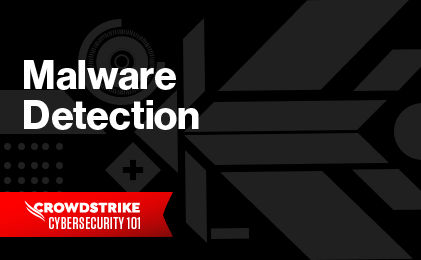Wiper attacks are malware-based attacks designed to permanently delete or corrupt data on targeted systems. When successful, these attacks render systems inoperable and inflict permanent data loss. The potentially devastating impact of wiper attacks cannot be overstated. Therefore, it’s critical for technology professionals to understand how wiper attacks work and how to defend against them.
In this post, we’ll explore what wiper attacks are, how they work, and cybersecurity strategies for prevention, detection, and mitigation.
Wiper attacks defined
Wiper attacks are a form of malware engineered to destroy or corrupt data on targeted systems. Wiper attacks are unlike ransomware, which encrypts data for ransom. They’re also unlike denial-of-service (DoS) or distributed denial-of-service (DDoS) attacks, which flood systems with requests in an effort to overwhelm them. Instead, the aim of wiper attacks is permanent loss. Wiper attacks are often observed in geopolitical conflicts and in a hacktivism context.
Why are wiper attacks dangerous?
Along with understanding what wiper attacks are, it’s equally important to recognize the severity of the risks they pose. Wiper attacks aren’t just a minor security nuisance; they can have devastating consequences that extend far beyond data loss. These consequences include:
- Irreversible damage: Because wiper attacks can permanently delete critical files and data, your unprotected systems may have no means of recovery.
- Severe business disruption: The loss of essential data can cause a crippling operational impact. Halted business operations lead to significant financial losses.
- Long-term effects on brand trust and reputation: A wiper attack incident will tarnish your company’s reputation and erode customer trust. This will have deep, long-term business implications.
- Interruption of communications or services related to public utilities: Wiper attacks have been used in geopolitical conflicts to disrupt communications and even impact utilities.
How do wiper attacks work?
In a typical case, a wiper attack begins with infection vectors such as phishing emails, malicious downloads, or compromised websites. These initial entry points serve as the gateway for wiper attack malware to infiltrate a targeted system. Phishing emails are crafted to appear legitimate, tricking the unsuspecting recipient into installing malware on their system. In other cases, attackers may exploit a software vulnerability or use a compromised website to deliver malware to a target system.
Once inside, the malware initiates its execution phase. It identifies its targets — files, databases, or entire drives — for deletion or corruption. Then, it may use privilege escalation techniques to attempt to access, modify, and delete system files. The goal of a wiper attack is to cause as much data loss as possible, rendering the system inoperable.
The impact of a successful wiper attack can be disastrous, especially as these attacks characteristically target critical system files and user data. This disrupts regular operations and leads to significant financial loss and reputational damage.
Prevention, detection, and mitigation strategies
One of the first lines of defense against wiper attacks is recognizing early warning signs. Unusual system behavior may indicate that a wiper attack is in progress. These anomalous behaviors include:
- Unexpected file changes
- System slowdowns
- Unauthorized user access
Continuous monitoring of network traffic and system logs can help you spot these anomalies. The use of systems monitoring tools, file analysis, and threat intelligence is crucial in this context. These tools can detect unusual system changes, static file analysis alterations, or unauthorized transfers, serving as an early warning system.
If you suspect a wiper attack, incident response is critical. Your organization should establish an incident response plan as part of its cybersecurity strategy. Include the following immediate steps in your incident response:
- Isolating affected systems to prevent the malware from spreading
- Performing a thorough forensic investigation to understand the scope of the attack
- Taking appropriate measures to mitigate further damage
Backup strategies are your safety net. You should regularly back up any critical data on your systems. Ensure that your backups are not directly accessible from your main network. Otherwise, they too could become targets in a wiper attack.
Finally, patch management is an essential practice for your cybersecurity. Regularly ensure that all software and systems are up-to-date with the latest security patches. When you have open security vulnerabilities — especially those that attackers know about — you are critically exposed to threats like wiper attacks.
Learn More
Learn about various wipers discovered by the security community over the past 10 years, including various technique emplo9yed by wipers that target operating systems.
Leveraging the CrowdStrike Falcon platform for protection
Wiper attacks are a significant threat that can lead to irreversible data loss and devastating business disruption. Prevention and mitigation of attacks like this require you to be proactive in your cybersecurity measures.
Continuous monitoring, incident response, and automated patch management are all common parts of any cybersecurity system worth its salt. The CrowdStrike Falcon® platform offers robust and comprehensive protection against cyber threats like wiper attacks. It defends your system across all your environments, clouds, and architectures.
When you’re ready to take proactive steps in your enterprise’s cybersecurity, sign up to try the Falcon platform for free, or contact CrowdStrike directly to learn more.






